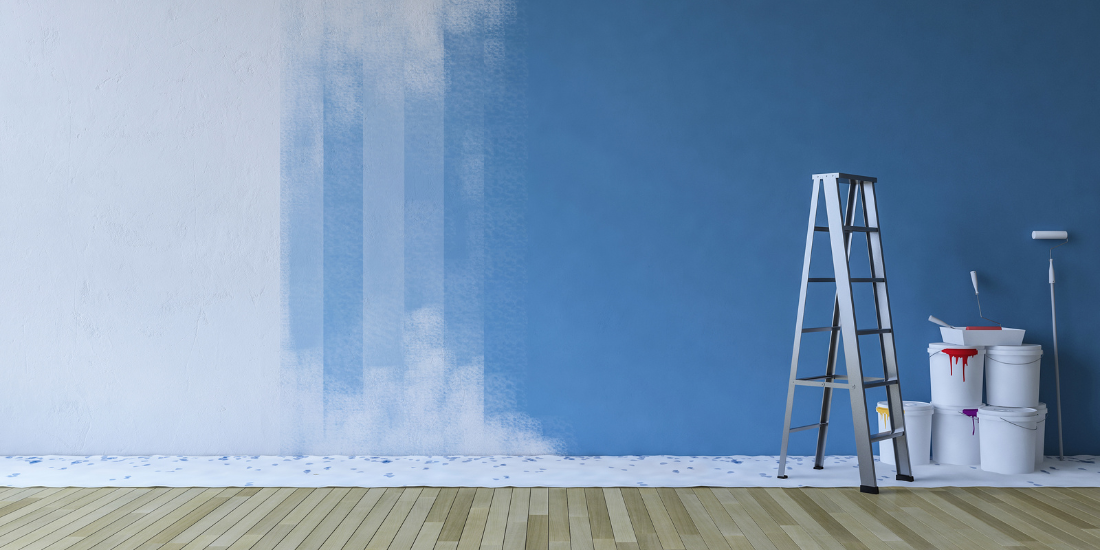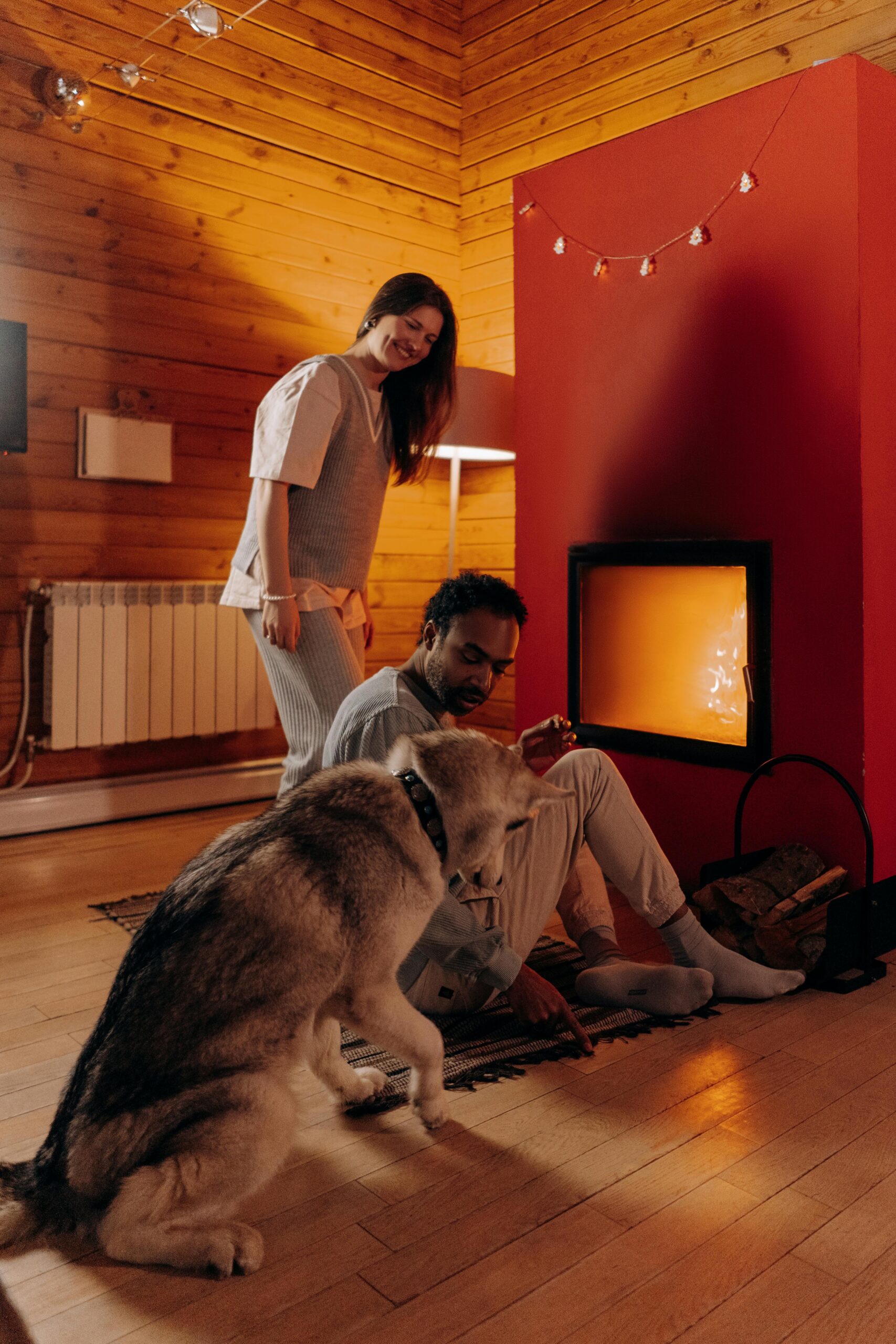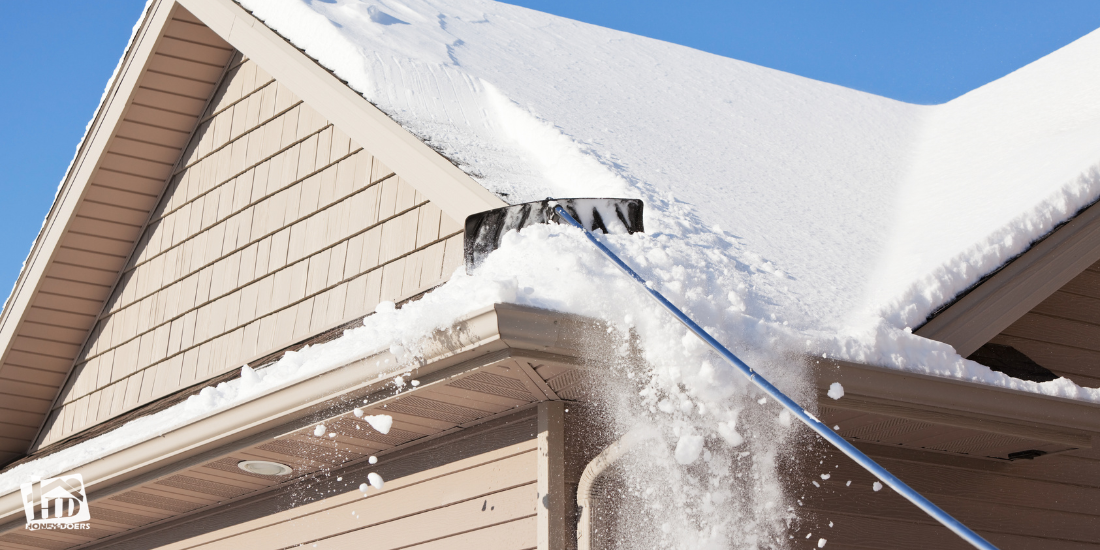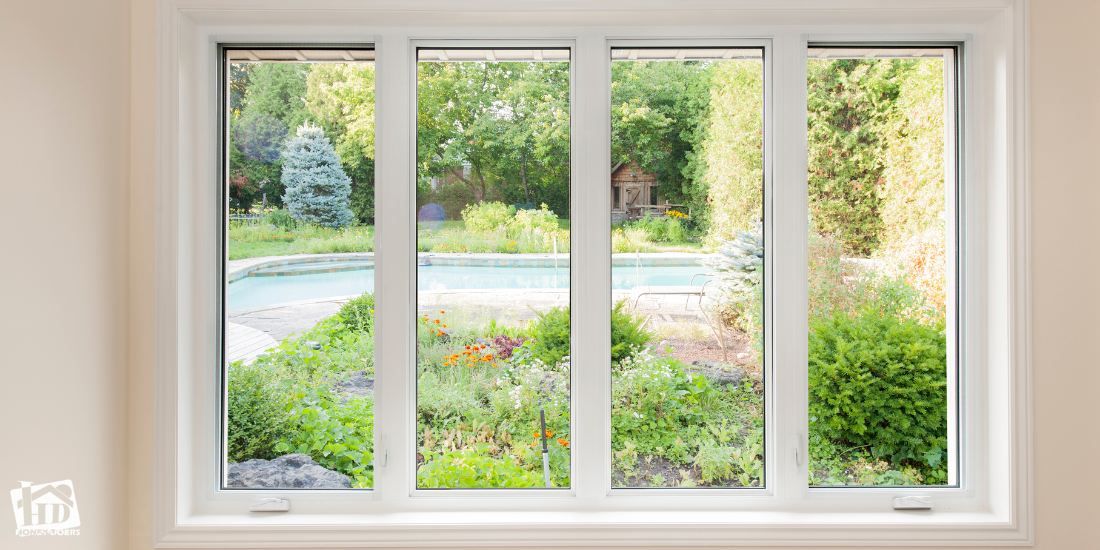Introduction: The Role of Paint Finish in Home Design
Choosing the perfect paint color gets a lot of attention—but just as important is selecting the right paint finish. The finish of your interior paint doesn’t just affect how your walls look. It also plays a major role in how the space feels, how well the walls hold up to wear and tear, and how easy they are to clean. From matte vs glossy paint decisions to subtle shifts between satin vs matte paint finishes, the right choice can elevate your space and extend the life of your interior surfaces.
Different finishes reflect light in different ways, impact how colors appear in the room, and change the tactile experience of a space. Glossy surfaces can make a room feel brighter and more dynamic, while matte walls create a cozy, elegant backdrop. Some finishes are ideal for high-traffic zones and moisture-prone areas, while others are better suited for bedrooms or ceilings.
In this guide, we’ll explore the most common interior paint finishes, explain where they work best, and help you decide how to choose the right paint finish for every part of your home.
Understanding the Five Common Interior Paint Finishes
There are five primary types of interior paint finishes: matte (or flat), eggshell, satin, semi-gloss, and high-gloss. Each one offers different benefits in terms of durability, appearance, and maintenance.
1. Matte / Flat Finish
Matte paint offers a smooth, non-reflective finish that gives walls a soft, rich look. It’s excellent for hiding imperfections and creating a calming feel in bedrooms, home offices, or living rooms. However, matte paint is the least durable of the bunch and can be difficult to clean without damaging the surface. It’s best used in low-traffic areas.
2. Eggshell Finish
Eggshell offers a very subtle sheen—just enough to catch a bit of light without being shiny. It’s more durable than matte and easier to clean, making it a popular choice for hallways and family rooms. Eggshell provides a balance between aesthetic softness and functional resilience.
3. Satin Finish
Satin has a soft, velvety sheen and is considered one of the most versatile finishes. It’s more washable than eggshell and performs well in moderate to high-traffic areas like kitchens, bathrooms, and children’s rooms. Satin paints work well on trim and cabinetry when a slightly understated shine is desired.
4. Semi-Gloss Finish
Semi-gloss is highly reflective and extremely durable. It’s ideal for moisture-prone areas and surfaces that require frequent cleaning, such as bathroom walls, kitchen backsplashes, trim, doors, and baseboards. However, it tends to show surface flaws more easily, so prep work is essential.
5. High-Gloss Finish
High-gloss is the shiniest and most durable of all finishes. It gives surfaces a glass-like appearance and is commonly used for accent pieces, cabinetry, furniture, and doors. It’s also the easiest to clean—but the most revealing of imperfections.
Understanding these basic finishes will help you make informed choices depending on how each room functions and what kind of aesthetic you’re going for.
Finish by Function: Matching Paint Sheen to Room Use
When deciding between matte vs glossy wall paint or choosing satin vs matte paint finishes, the most important consideration is how the space will be used.
- Bedrooms and Living Rooms:
These lower-traffic areas are perfect for matte or eggshell finishes. If you want a calm, inviting vibe and don’t expect much wall contact, matte creates an elegant look. Eggshell is a good alternative if you want slightly more durability with a similar visual softness. - Hallways and Stairwells:
These areas get touched and bumped frequently, making satin a top choice. Its washability and light-reflective quality keep the space looking fresh while being easy to maintain. - Kitchens and Bathrooms:
Spaces that deal with heat, moisture, and messes need finishes that are durable and washable. Semi-gloss or satin finishes work best here. They’re resistant to mildew and can be wiped clean without leaving marks. - Trim, Doors, and Built-ins:
These architectural details often benefit from a semi-gloss or high-gloss finish. The added shine gives them visual separation from the walls and helps them stand up to constant wear. - Ceilings:
For ceilings, most homeowners choose matte or flat paint to reduce glare from overhead lights and create a clean, receding surface. However, in bathrooms or kitchens where moisture collects, a satin or semi-gloss ceiling finish might be more appropriate.
How Light, Texture, and Finish Work Together
The way a finish reflects light dramatically affects the perception of space. In smaller rooms or those with limited natural light, glossier finishes can help bounce light around the room and make it feel brighter. That said, they can also emphasize surface flaws and create unwanted glare.
Conversely, matte or eggshell finishes soften light, which can be ideal for larger rooms, textured walls, or areas meant for relaxation. These finishes absorb light rather than reflect it, giving rooms a grounded and cohesive feel.
Textured walls benefit from lower-sheen finishes, which can help hide inconsistencies. If you’re working with plaster, shiplap, or exposed brick, a low-luster paint can help highlight the material’s beauty without overwhelming it.
Pros and Cons of Matte vs Glossy Paint Finishes
Here’s a closer look at the trade-offs between matte vs glossy paint:
| Feature | Matte / Flat | Gloss / High-Gloss |
| Durability | Low | Very High |
| Washability | Low to moderate | Excellent |
| Hides Imperfections | Excellent | Poor (highlights flaws) |
| Appearance | Soft, elegant, subtle | Bold, reflective, dramatic |
| Ideal For | Bedrooms, ceilings, low-touch walls | Trim, cabinets, doors, furniture |
Choosing between these finishes depends on your priorities. If you value ease of cleaning and a striking visual, go glossier. If you’re more concerned with subtlety and texture coverage, matte is your friend.
Design Trends and Finish Combinations for a Modern Look
Current interior design trends favor mixing finishes to create layers and contrast. For instance, a popular look in modern homes is using matte walls paired with semi-gloss trim and cabinetry. This combination allows architectural details to pop while maintaining a soft overall aesthetic.
Another trend gaining traction is high-gloss accent walls or ceilings, especially in dining rooms or powder rooms where a bit of drama is welcome. Glossy finishes can make deep colors like navy or emerald green truly shine—both literally and figuratively.
For a cozy, minimalist vibe, many homeowners are using satin finishes in muted colors. The subtle sheen adds sophistication without overpowering the space. Meanwhile, matte black doors or trim have become a design-forward choice in contemporary homes.
Ultimately, interior paint finishes offer a powerful tool for shaping how a space feels—and working with a design-minded contractor can help you leverage this tool effectively.
Let Honey-Doers Help You Pick the Perfect Paint Finish
Choosing the right interior paint finish is about more than just sheen—it’s about how you want each room to function, feel, and age over time. Whether you’re unsure about matte vs glossy ceiling paint, need guidance on satin vs matte paint finishes, or want to modernize your home with finish contrasts, the Honey-Doers team is here to help.
With years of experience in interior remodels and painting, we help homeowners pick the perfect finish for every room—from soft matte retreats to gleaming high-gloss kitchens. If you’re ready to refresh your home with thoughtful, long-lasting paint choices, reach out to Honey-Doers Remodeling today. We’ll bring your vision—and walls—to life.





